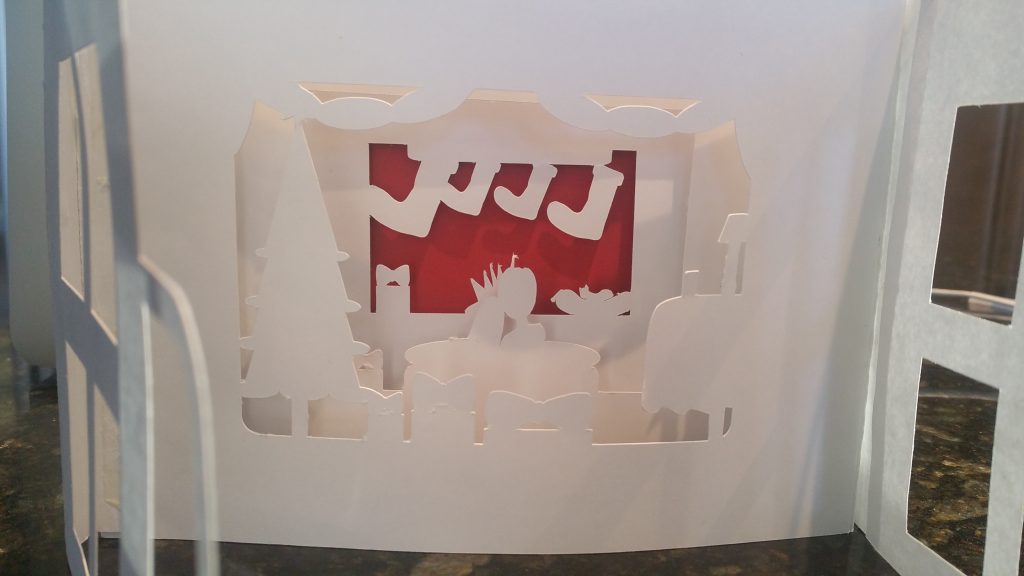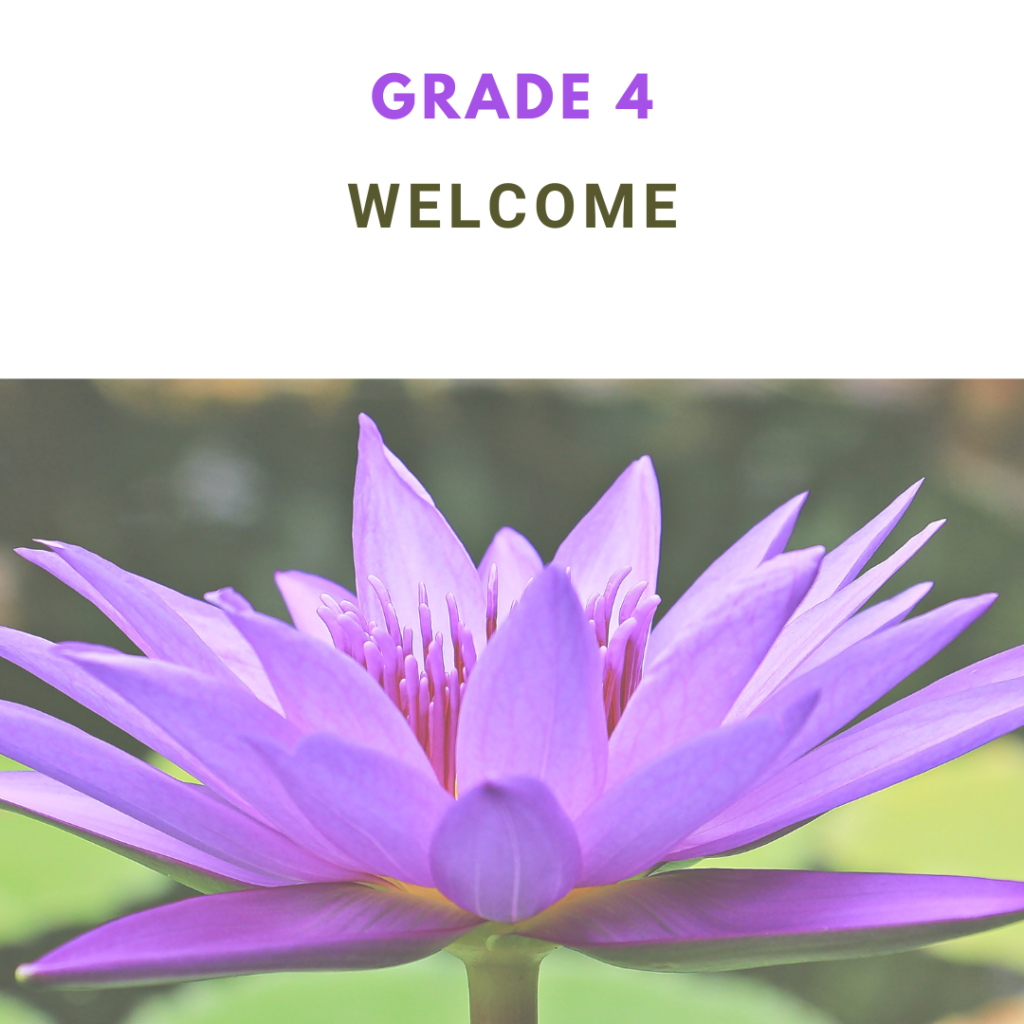
Introducing The Principal Theme
Welcome to Lesson 5 Grade 4.
The purpose of this lesson is to help us realize that Baha’u’llah suffered for us and to give us a glimpse of the ordeals and hardships that He endured for the sake of humanity.
All the Manifestations of God have suffered in the hands of leaders concerned only with their own wealth and power. These self-seeking leaders used their influence over the ignorant people who blindly followed them to convince them to rise against God’s Manifestations.
In the last class, we learned what happened after the pitiful attempt made by a small group of foolish Bábís on the life of the king. Even Bahá’u’lláh, Who was so loved and respected by everyone, did not escape the horrible persecution that followed. He was imprisoned in a dungeon called the Síyáh- Chál and all His worldly possessions were taken away from Him and His family. But we also saw that in this terrible dark place, God chose to reveal to Bahá’u’lláh His Mission and that from the darkness of the Black Pit rose the Sun of Truth. You also memorized a quotation in which Bahá’u’lláh Himself tells us how He heard words all around Him assuring Him that He would be victorious.
Today we are going to learn about Bahá’u’lláh’s release from the Síyáh-Chál and what happened next. As you listen to the stories in this lesson, you should remember that Bahá’u’lláh had not yet openly declared His Mission, but the power of His Revelation was already being felt, and the government of Persia and the religious leaders had become fearful of Him. They decided to send Him into exile. They thought that they could silence Him in this way and keep others back from the radiance of His glory. So, Bahá’u’lláh and His family were forced to head for Baghdád in the middle of an, especially cold winter. Unfortunately, upon His arrival there, He found so much disunity among the followers of the Báb that soon He decided to leave Baghdád and withdraw to a remote region to commune with God.
You will see that, even in the remote mountainous region to which Bahá’u’lláh withdrew, the people came to recognize His greatness and majesty. Nothing could conceal the wisdom and power that emanated from Him. Today, you will begin to memorize a passage in which Bahá’u’lláh explains that as His hardships grew, and as more and more difficulties were heaped upon Him, His love for God increased. No earthly power could prevent Him from achieving His purpose.
Baha’u’llah lived a life of suffering and affliction. He was imprisoned and exiled. Lies were told about Him, His teachings ignored and rejected, and His loyal followers mercilessly persecuted. He accepted these afflictions because He was chosen by God and did only that which God commanded. He loved humanity and knew that the knowledge He brought from God would finally conquer ignorance. He showed loving-kindness to every human being, even to the worst of His enemies. He accepted His sufferings patiently. Not for an instant did He stop shedding God’s light upon the whole world. For forty years, under the most difficult conditions, He gave guidance to humanity.
Remembering the ordeals and hardships suffered by Baha’u’llah makes us firm in His love. Our hearts will not waver in moments of difficulty. We will learn to be as immovable as the mountain when ignorant people oppose the Faith. We have to act the same way during our own tests. Love is stronger than hate.
- Who inflicts suffering upon the Manifestations of God?
- Why did Baha’u’llah patiently accept His sufferings?
- For how long did Baha’u’llah give guidance to humanity and under what conditions?
- What effect does remembering Baha’u’llah’s sufferings have on us?
ADDITIONAL INFORMATION FOR THIS LESSON (for teachers to review)
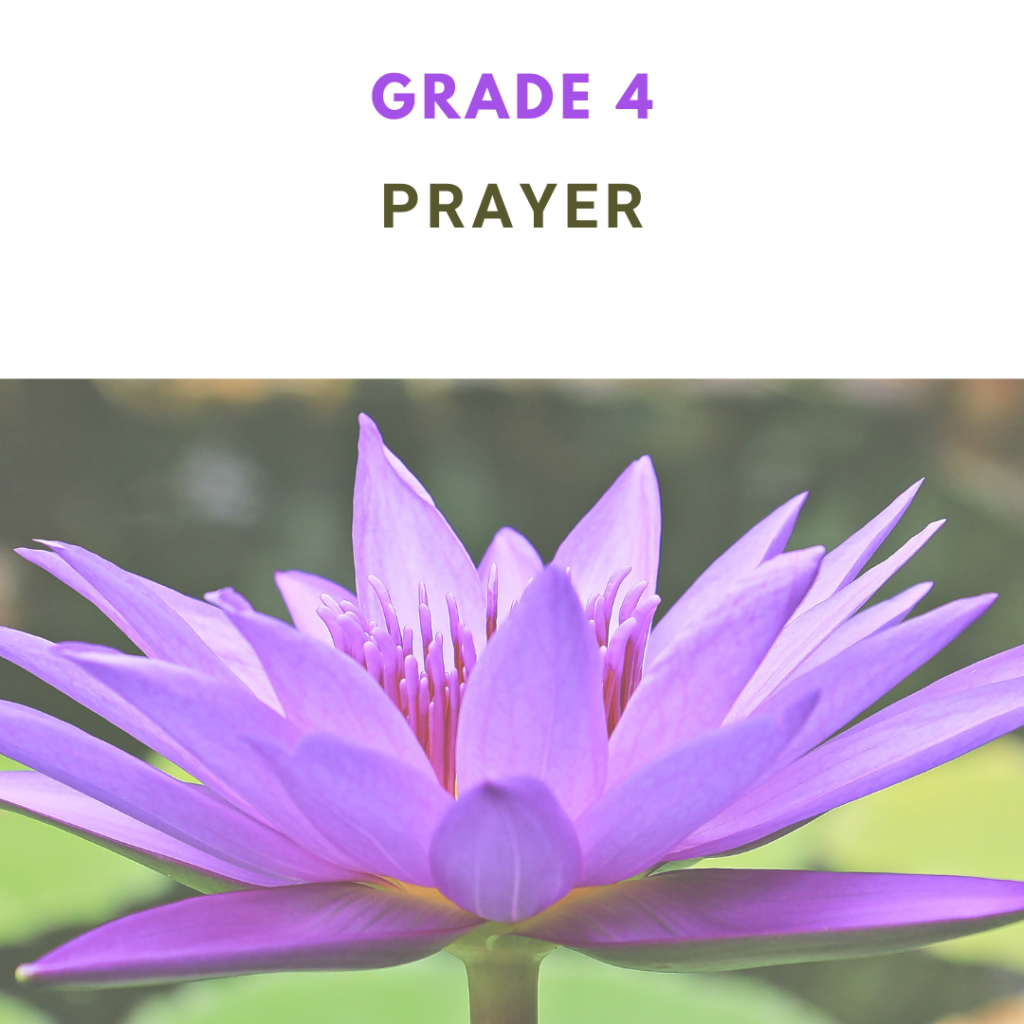
Prayer 1
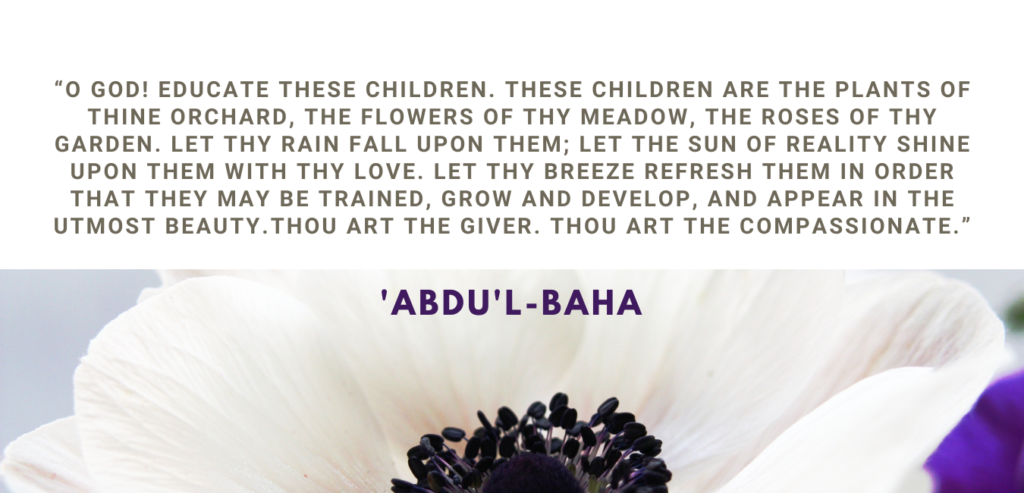
Prayer 2
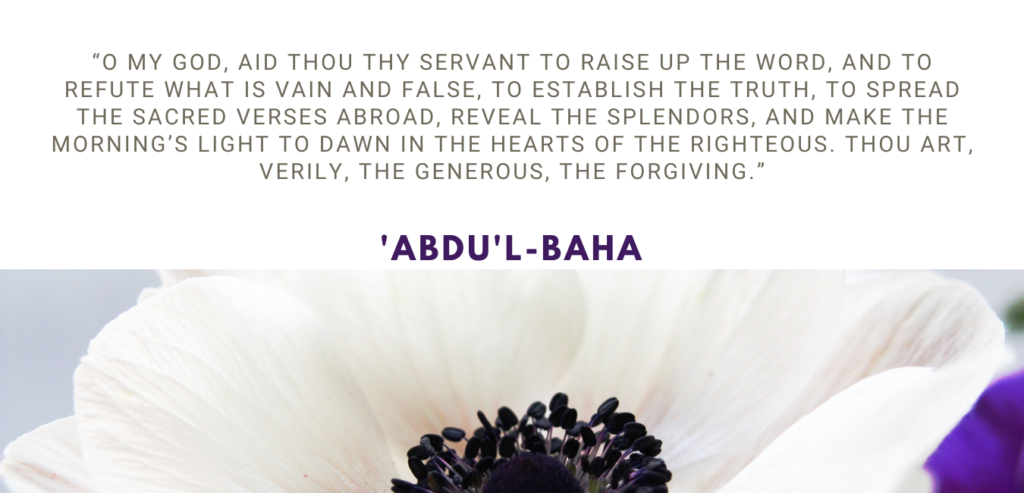
Prayer 3
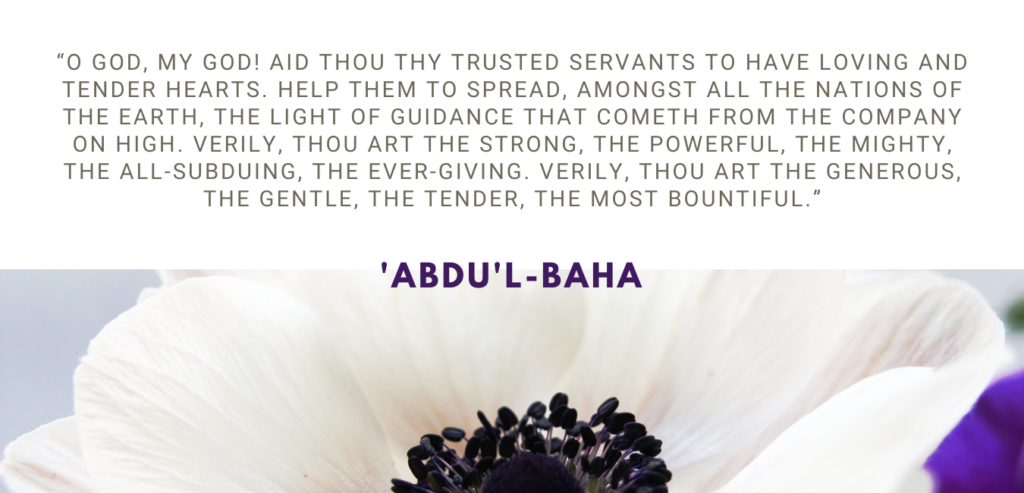
Download the memorization aid for all 3 prayers in set 2 from Here

As My tribulations multiplied, so did My love for God and for His Cause increase, in such wise that all that befell Me from the hosts of the wayward was powerless to deter Me from My purpose.
Bahá’u’lláh The Summons of the Lord of Hosts
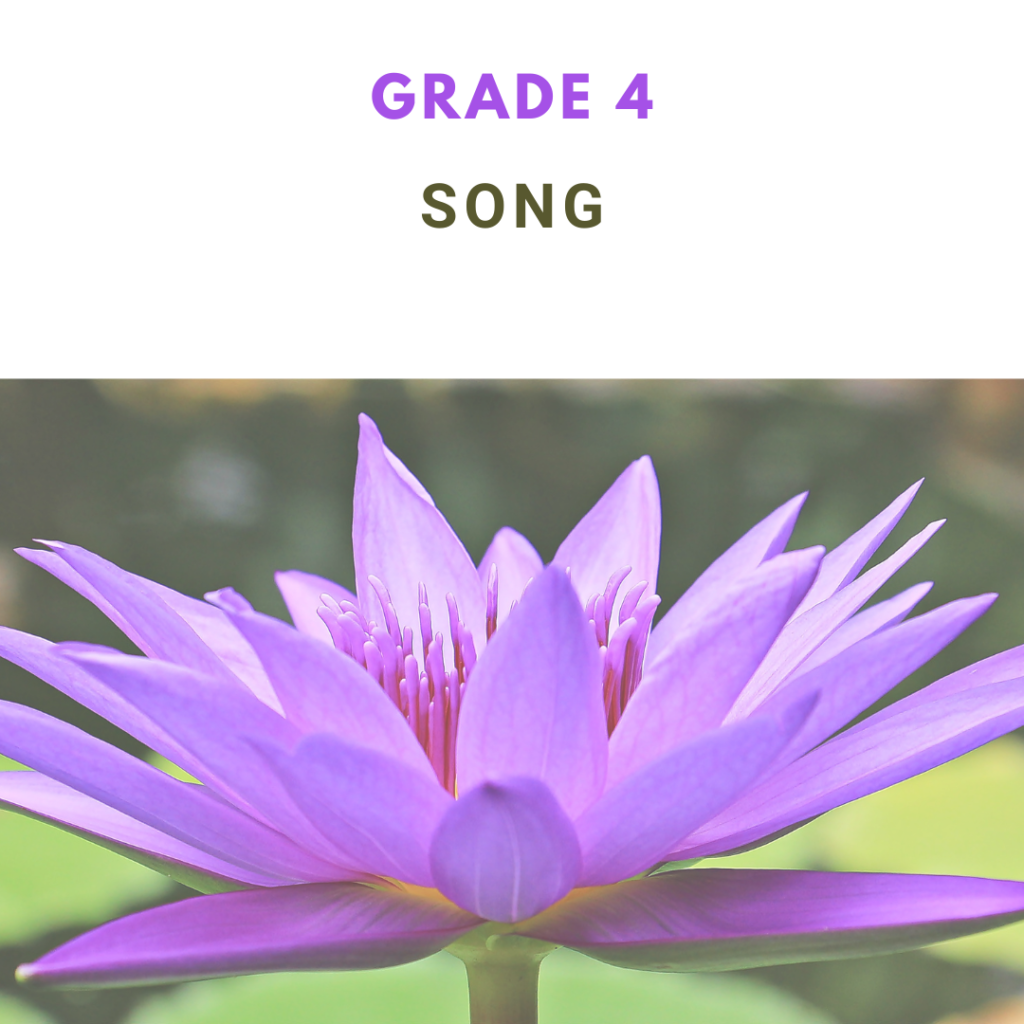
The prince of peace
O Baha’u’llah
I Have Found Bahá’u’lláh
Bahá’u’lláh The Glory Of God
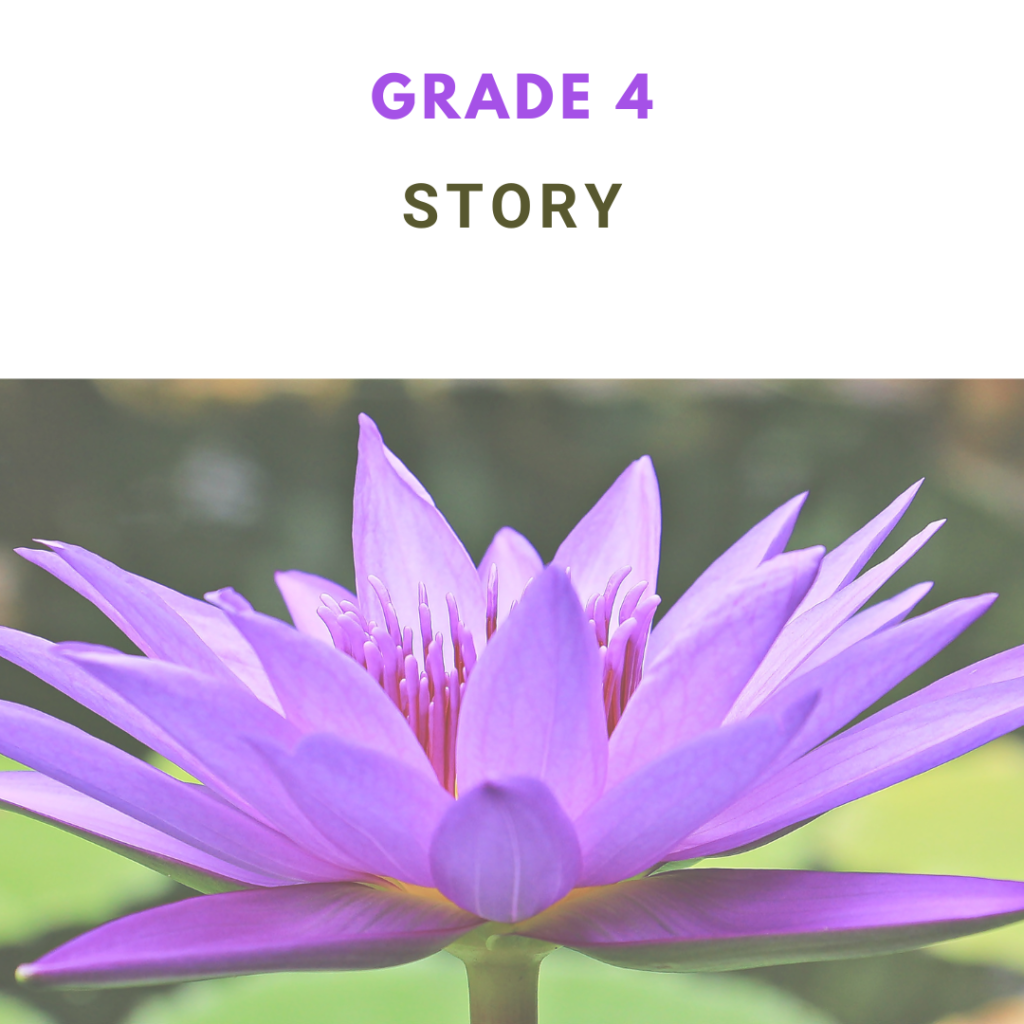
This is the first of four historical episodes (lessons 5 to 8) leading to Bahá’u’lláh’s final exile to the prison city of ‘Akká. As we read these accounts we must keep in mind that Bahá’u’lláh willingly endured great suffering out of His limitless love for humanity and that the Cause of God can not be stopped by anyone.
You remember from our last class that Bahá’u’lláh was imprisoned in the Síyáh-Chál for four months and that, in the icy cold depths of so horrible a place, as He lay chained to His companions, God made known to Him the greatness of His station. Yet Bahá’u’lláh told no one of what had occurred. He would wait until the exact moment appointed by God to proclaim His Mission.
During that period, the enemies of the Faith persecuted the Bábís mercilessly, committing acts of cruelty that are too horrible to describe. However, one story must be told, the story of the martyrdom of the valiant Ṭáhirih, the courageous champion of the equality of women and men. At the time she was being held captive in the home of a notable in Ṭihrán. One night, knowing that the order to end her life had been issued, she put on the most beautiful dress and anointed herself with perfume. She then sent for the wife of the notable and conveyed her last wishes to her. Afterward, she closed herself in her room and awaited, in prayer and meditation, the hour of her death.
Ṭáhirih was pacing the floor of her room, chanting words of both grief and triumph, when the guards arrived. They brought her to a garden that was outside the gates of the city. This was to be the site of her martyrdom. The headsmen were awaiting her, but when the time came for them to act, they wavered. They refused to end the life of one such as her. Instead, they managed to find a man so drunk that he did not know what he was doing. He was given a silk scarf that Ṭáhirih herself had brought, and with this scarf, he strangled that outstanding heroine of the Faith. Her lifeless body was then lowered into a well, which was filled with earth and stones, as she had desired.
Meanwhile, the enemies of the Faith were busy trying to obtain Bahá’u’lláh’s death sentence from the king, Náṣiri’d-Dín Shah. But it did not prove to be so easy for them to do so. Bahá’u’lláh came from a noble family and was loved by so many, high and low alike. Eventually, to achieve their purpose, they arranged for poison to be put into some of the food brought to Him. Of course, their plot failed. The poison was so strong that its effects were quickly noticed, and Bahá’u’lláh stopped eating the meal. In the end, the authorities had no other choice but to release Him from prison. The king, however, ordered that Bahá’u’lláh leave Persia and go into exile. He was given one month to depart.
Bahá’u’lláh was ill and exhausted from the terrible conditions of the Síyáh-Chál. The chain that had been placed around His neck during His imprisonment was so heavy that it had made deep wounds, and the poison had left Him in a weakened state. Still, in the middle of winter, on 12 January 1853, He and His family set out from their native land, never to return. You remember that ‘Abdu’l-Bahá was about eight or nine, and His sister, Bahíyyih Khánum, was two years younger. They both gladly shared in their Father’s exile. Their youngest brother, however, was too small a child to undertake such a rigorous journey. He had to be left behind with some relatives until he was old enough to travel. Also with them on the journey was Áqáy-i-Kalím and another one of Bahá’u’lláh’s brothers. Together they headed for Baghdád, a city in the Ottoman Empire, escorted by two officials.
To reach the city, they had to cross the huge, snow-covered mountains that separated the Ottoman Empire from Persia. It was a perilous journey, and the supplies they had for the trip were far from adequate. You can imagine how cold it was for the small band of travelers, who did not have sufficient clothing to protect them from the snow. With the help of only some mules, they slowly made their way along the high peaks of the mountains. Often they had no option but to camp for the night in the total wilderness. But God protected them, and through His unfailing assistance, they arrived safely in Baghdád three months later.
What Bahá’u’lláh saw in Baghdád saddened His heart. After the Báb and so many of the Bábís were martyred, His remaining followers had become confused and lost. They did not know where to turn or which direction to take. And unfortunately, some of them began to forget the high standards to which the Báb had called them. They quarreled and became very disunited people. The greatest cause of the difficulty was Bahá’u’lláh’s own half-brother Mírzá Yaḥyá, an ambitious and cowardly man. He had followed Bahá’u’lláh to Baghdád and soon became jealous of the influence Bahá’u’lláh had on everyone who came into contact with Him. Working with a partner more shameless than himself, Mírzá Yaḥyá tried to turn the believers against Bahá’u’lláh. The situation grew worse daily.
A year after their arrival in Baghdád, Bahá’u’lláh’s family woke one morning to find that He was gone. He had left the city without telling anyone where He was going or why. Seeing that Mírzá Yaḥyá was creating so much disunity, Bahá’u’lláh had chosen to retire to a region of Kurdistán, some distance to the north of Baghdád. His purpose in doing so, He Himself would later state, was to avoid becoming “the subject of discord” among the Báb’s followers or “the cause of sorrow to any heart”.
In that mountainous region, not far from a town called Sulaymáníyyih, Bahá’u’lláh lived alone. He was content with little food. At times He received some milk from the shepherds in the surrounding area and, occasionally, visited the town to obtain the minimum necessities of life. The conditions were extremely harsh, but He was happy to be in communion with God.
As you can well imagine, Bahá’u’lláh’s greatness could not be kept hidden from people’s eyes for long. One day, for example, He saw a young student sitting by the road crying. He asked the reason for this sadness and was told that the other boys at the school had each received from the teacher a sample of penmanship to practice their handwriting but that he did not have a copy. Bahá’u’lláh offered with tenderness and kindness to write a sample for him. When the young boy showed the sample to his teacher at school, everyone was astonished at the beauty and excellence of Bahá’u’lláh’s penmanship. They realized that someone special now lived among them. And the news of this spread throughout Sulaymáníyyih.
Gradually, more and more of the inhabitants of Sulaymáníyyih came to know of Bahá’u’lláh and to respect Him. Some of the wise leaders of the town sought His presence and requested that He explain to them difficult spiritual matters. Bahá’u’lláh’s words had on these people their usual effect. Many a heart was transformed by His love and many a mind was illumined by His knowledge. His fame began to spread to the neighboring areas. News of a man of extraordinary wisdom and eloquence living in Kurdistán finally reached Baghdád.
So it was that one-day ‘ Abdu’l-Bahá, now twelve years old, and His dear uncle, Áqáy-i- Kalím, overheard two people speaking of this most extraordinary Man. They described Him as “The Nameless One,” Who had magnetized the countryside with His love. ‘Abdu’l- Bahá and His uncle realized immediately that this Personage could be none other than Bahá’u’lláh. Without delay, they sent a trusted believer to beg Him to return, and Bahá’u’lláh accepted their request. Two years had passed since He had left Baghdád to commune with God. And, as we will see in the next class, just as He had galvanized the inhabitants of Sulaymáníyyih, He would transform and uplift the followers of the Báb in Baghdád and beyond through the power of His love and wisdom. His full glory would be made manifest, and all of the desperate attempts of His enemies to prevent the progress of the Cause of God would prove utterly futile.
For any of the figures we heard about, use the biography page to write down the information you would like to remember
For any of the figures we heard about, use the biography page to write down the information you would like to remember.
Download:
Teachers Pay Teachers Free Biography Page
DOWNLOAD MY STORY REPORT HERE
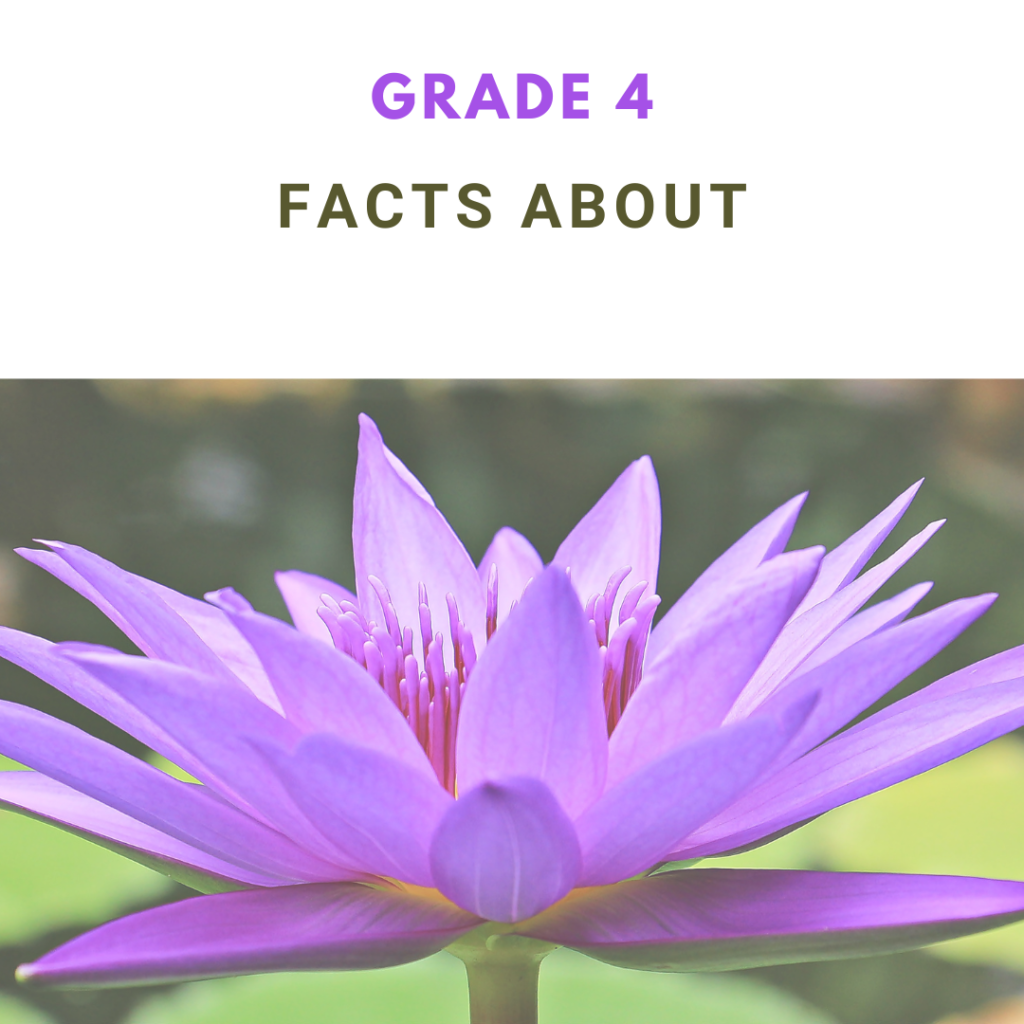
Facts
- Bahá’u’lláh was imprisoned in the Síyáh-Chál for four months.
- Bahá’u’lláh was exiled from Persia in 1853.
- Bahá’u’lláh’s very difficult journey from Persia to Baghdád began on 12 January 1853 and took about three months.
- Bahá’u’lláh left Baghdád for Kurdistán in April 1854.
- Bahá’u’lláh spent a total of two years in Sulaymáníyyih.

Act Out The Following
A year after their arrival in Baghdád, Bahá’u’lláh’s family woke one morning to find that He was gone. He had left the city without telling anyone where He was going.
Act Out The Following
Remember that Manifestations of God are not portrayed
To reach the city, they had to cross the huge, snow-covered mountains that separated the Ottoman Empire from Persia. It was a perilous journey, and the supplies they had for the trip were far from adequate. You can imagine how cold it was for the small band of travelers, who did not have sufficient clothing to protect them from the snow. With the help of only some mules, they slowly made their way along the high peaks of the mountains. Often they had no option but to camp for the night in the total wilderness. But God protected them, and through His unfailing assistance, they arrived safely in Baghdád three months later.
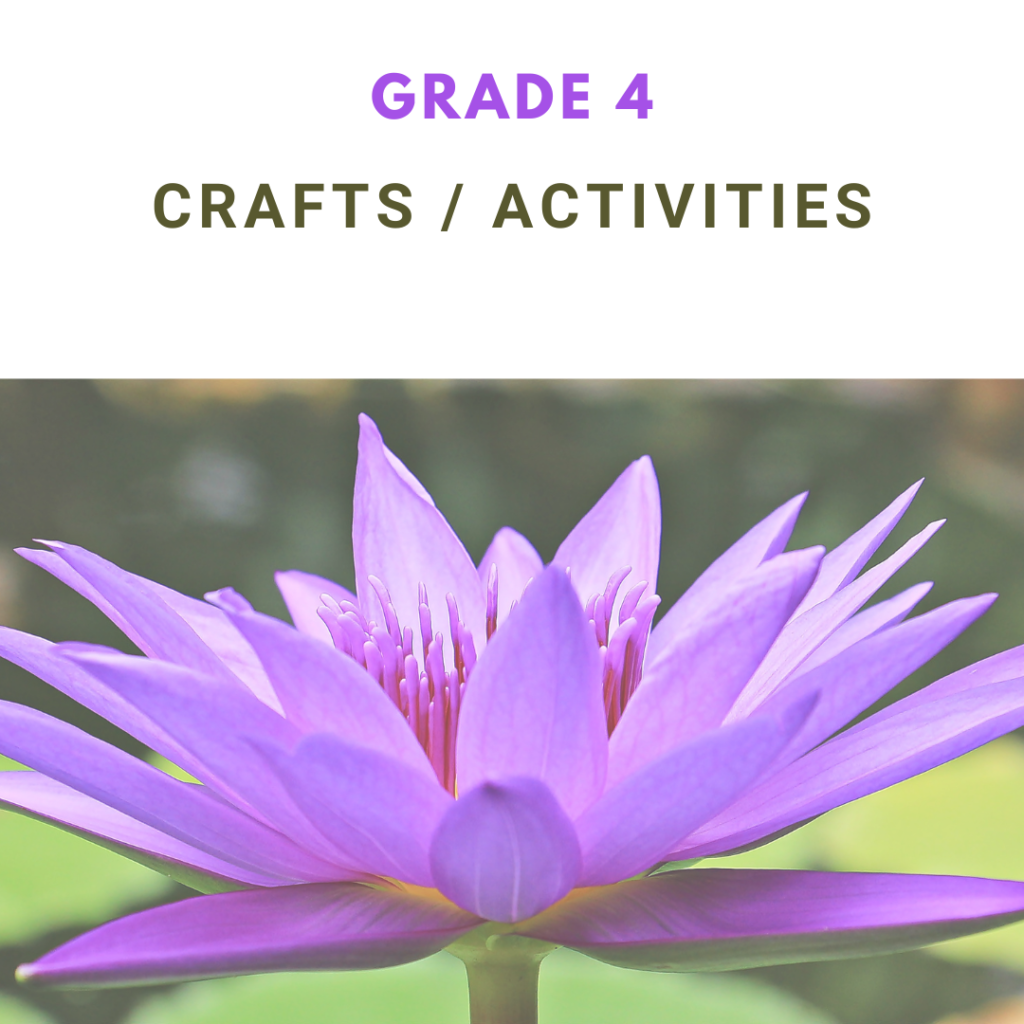
Stop Motion Animation
We finally got to do the stop-motion animation. We used paper to make the mountains. The App Stop Motion Studio to take photos and a tripod holds the phone steadily with help from mums in the back. Horses were used to show the journey and no one in the Holy Family was depicted.
To make a stop-motion animation, as mentioned, using an app for that purpose really helps. It did not take more than 10 min planning, and 15 mins taking photos to get ours done. There are many resources to help you through the process and I will link the simplest video below.
The props can be made from any material including clay, paper, lego, etc.
Draw
Draw the family of Bahá’u’lláh traveling across the mountains in the winter on their way to Baghdád. Remember not to include any representation that could be mistaken for Bahá’u’lláh.
Calligraphy
Baha’ullah’s handwriting was beautiful! Many Persian calligraphy is done in the form of shapes. (G4L5 outline for calligraphy)
Choose a prayer or a quote to fill in one of the images of your choice, or choose an image to fill with writing/words.
CHAIN
Bahá’u’lláh was ill and exhausted from the terrible conditions of the Síyáh-Chál. The chain that had been placed around His neck during His imprisonment was so heavy that it had made deep wounds, and the poison had left Him in a weakened state:
Based on the paragraph above we are going to make a chain to symbolize Bahá’u’lláh love for us that he consented to be in chains. This is an easy craft. you will need strips of paper. Write inspiring quotes or just words like “love, service, prayer” etc. loop them together and hang in your room to remember that at all times and under all conditions, Bahá’u’lláh was victorious.
See an example of paper chains here
Footsteps
Make a rolling footstep craft.
- Footstep to cut out
- Straw
- Q Tips
- Strong Tape
- empty tape roll
- gule
Here is an easy image of a footprint to print and cut. You can use any that you find on places like Pixabay
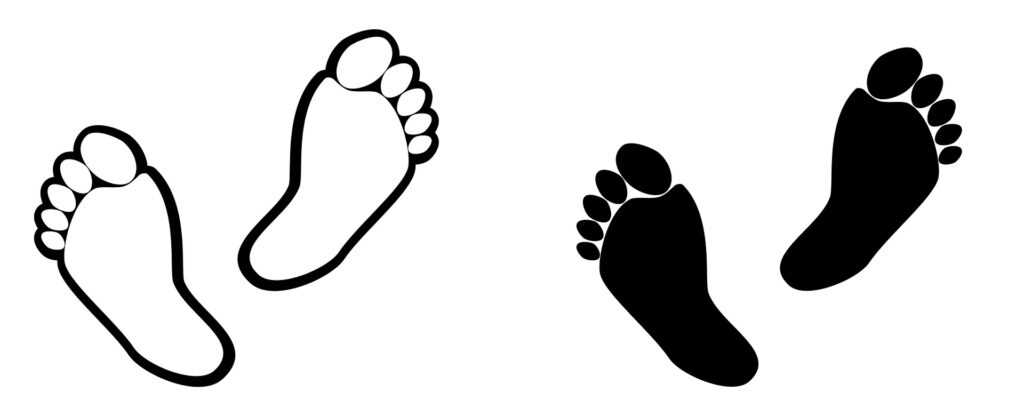
The Holy Family
Download the activity to make the family tree for The Holy Family from Delighted Hearts Here

“These Prophets and chosen Ones of God are the recipients and revealers of all the unchangeable attributes and names of God. They are the mirrors that truly and faithfully reflect the light of God.”
Bahá’u’lláh The Kitáb-i-Íqán
Download the memorization Aid: Review Quote Grade 4 Lesson 5

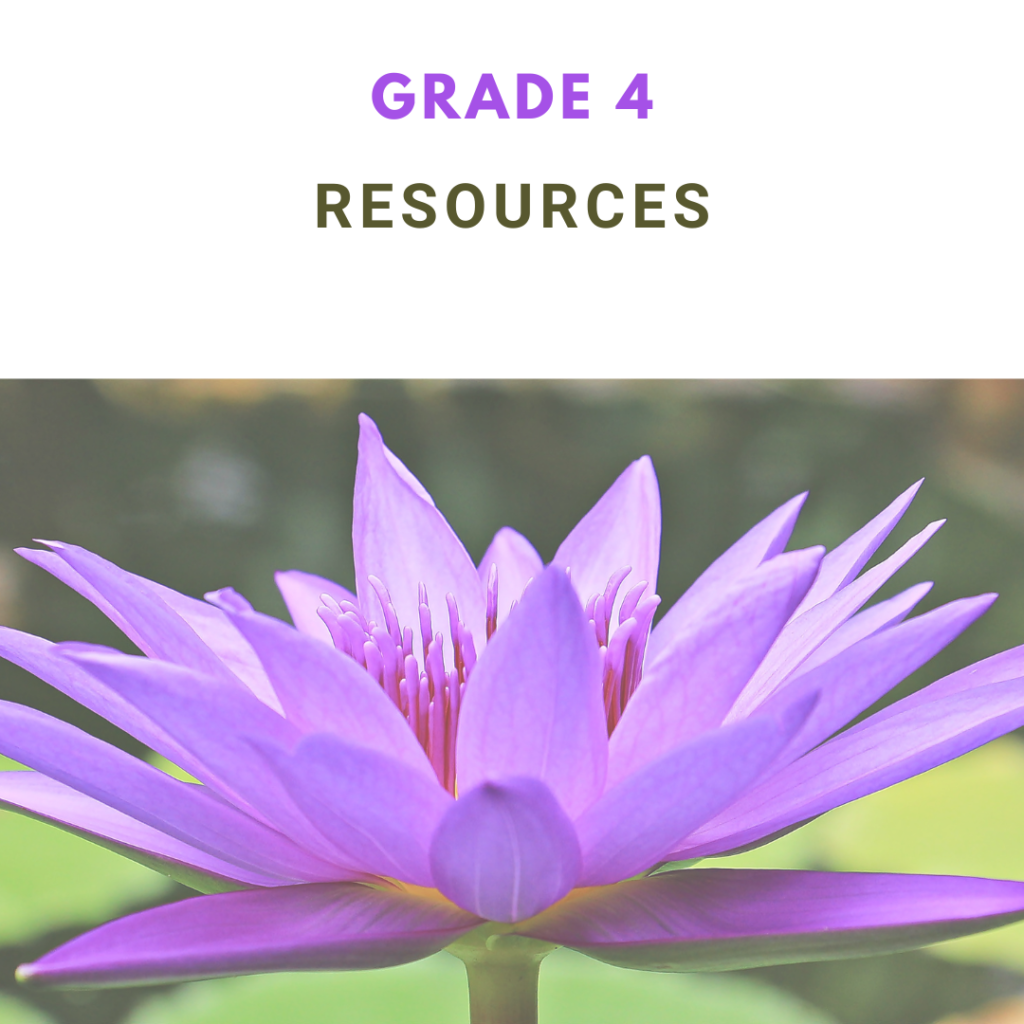
PowerPoint
Brilliant Star Magazine
Dayspring Magazine
Download the magazine on Bahá’u’lláh here

